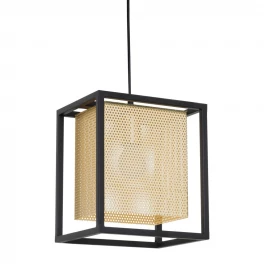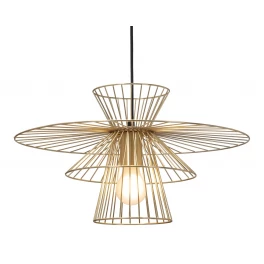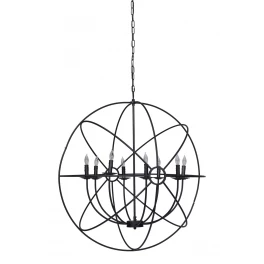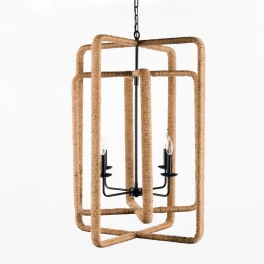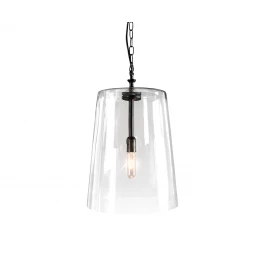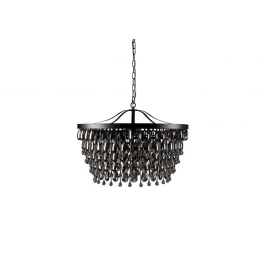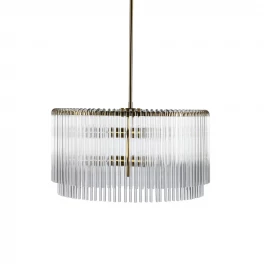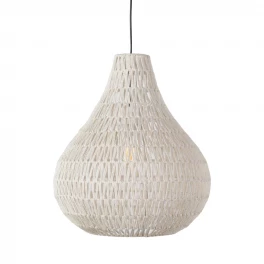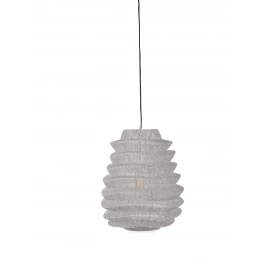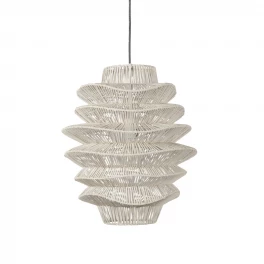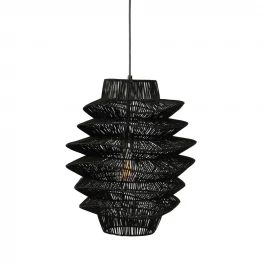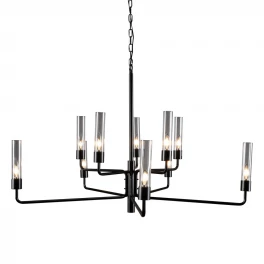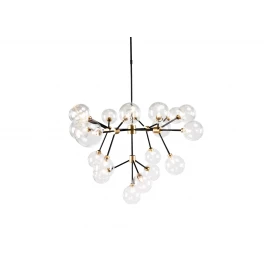Bring a taste of the tropics into your home with a beautiful Monstera deliciosa plant. This plant is easily recognized by its heart-shaped green leaves which are marked by large oblong holes or slits. Native to the rainforests of Mexico and Central America, Monstera is a gorgeous and relatively easy plant to maintain. Check out these tips to learn how.
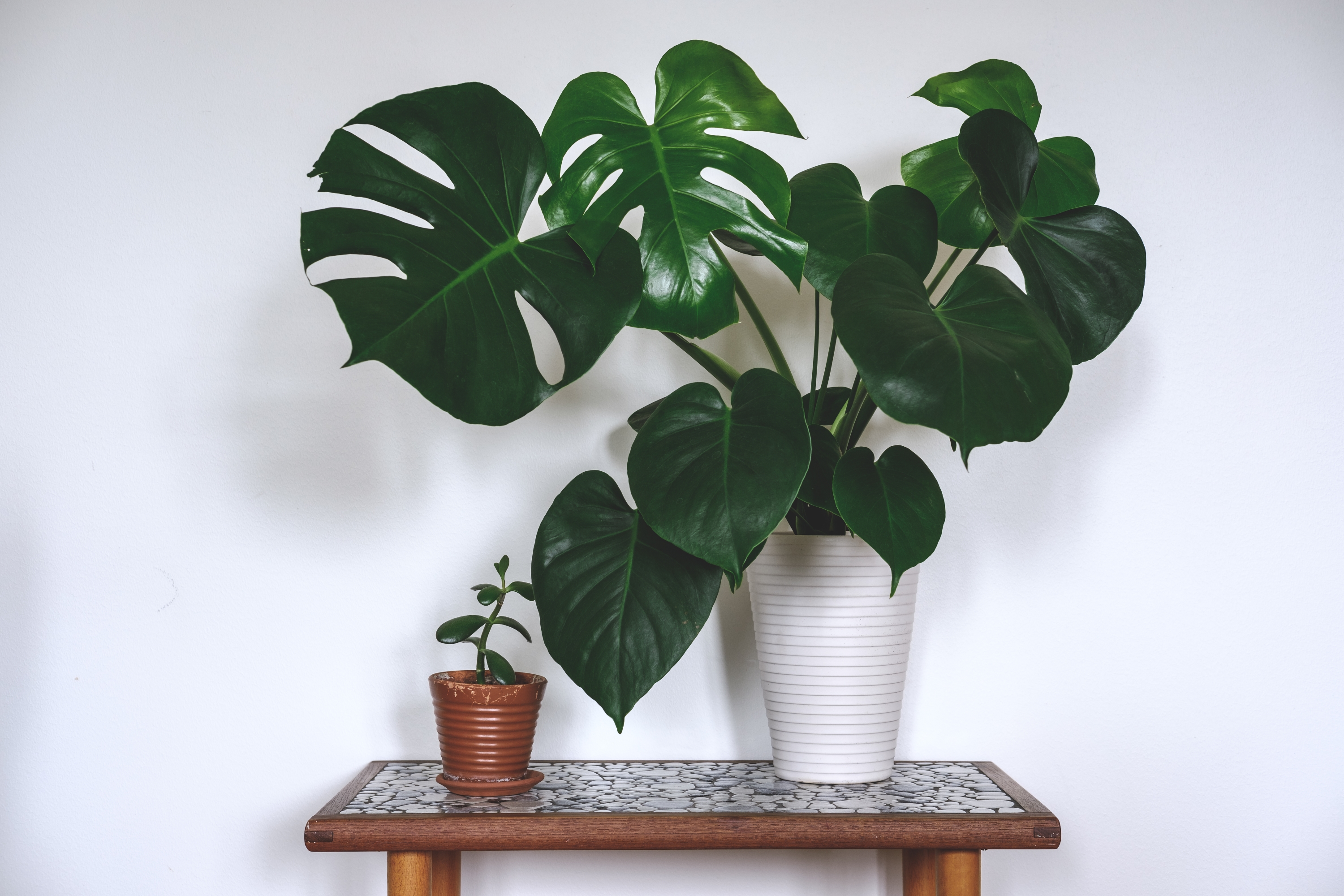
Photo by EvgeniAli on Shutterstock
1. Ensure the Correct Environment
Monstera deliciosa is a flowering and fruit-bearing plant that’s native to the tropical rainforests of Central America. The “deliciosa” part of its scientific name refers to its edible fruit, while you can probably guess what “monstera” means. That’s right. This plant can grow to over 30 feet tall! But it probably won’t grow nearly that much if you keep it indoors. It can still get plenty big, however, so keep that in mind if you’re planning on getting a Monstera for a houseplant. The Monstera’s tendency to live large can be maintained by regular pruning (more on that later).

Photo by Photographee.eu on Shutterstock
The Monstera prefers high humidity and temperatures between 68 and 86⁰ F. If the humidity level in your home is too low, you may notice the edges of its leaves turning brown. When the temperature within the home is outside of the preferable range, you may notice stunted growth, or the plant might even die.
Keep your Monstera out of direct sunlight, which can scorch or sunburn its leaves. Monstera is best kept in a bright room with indirect filtered light. This will ensure that the plant gets enough sunlight to produce the energy it needs to survive.
2. Properly Pot your Plant
Pot your Monstera in loose peaty soil to ensure proper drainage and aeration of the roots. In addition, the pot should have drainage holes at the bottom. Improper drainage can cause root rot. Water your Monstera at least every week, or when the top layer of soil is completely dry.
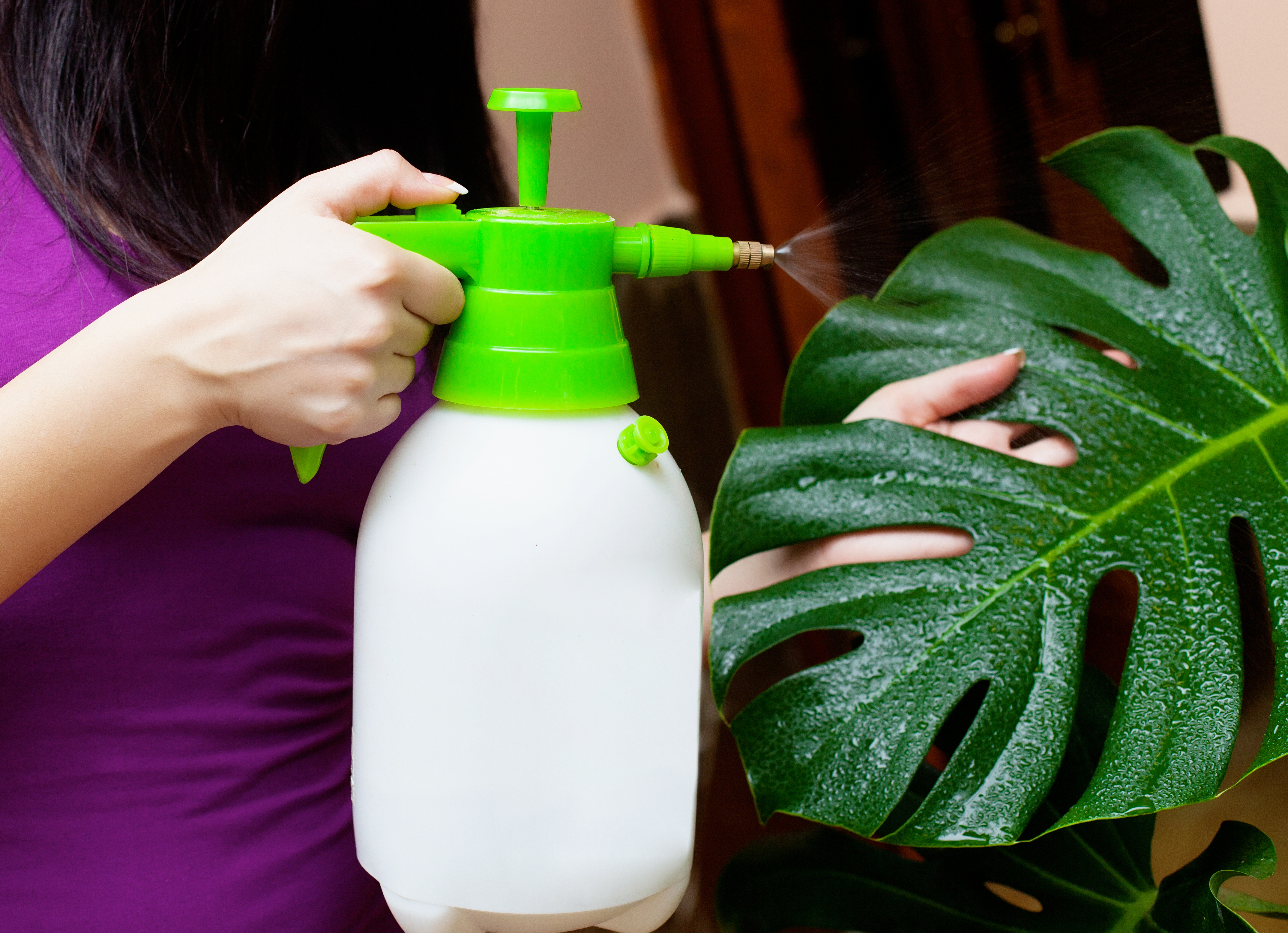
Photo by Kirill_grekov on Dreamstime
Maturing plants will need to be trained to stand upright. The weak stem of its vine isn’t enough to support the weight of the leaves. In the wild, the support comes naturally by the Monstera vine attaching itself to larger plants. At home, you can use a trellis, moss pole, or even a wooden stake.
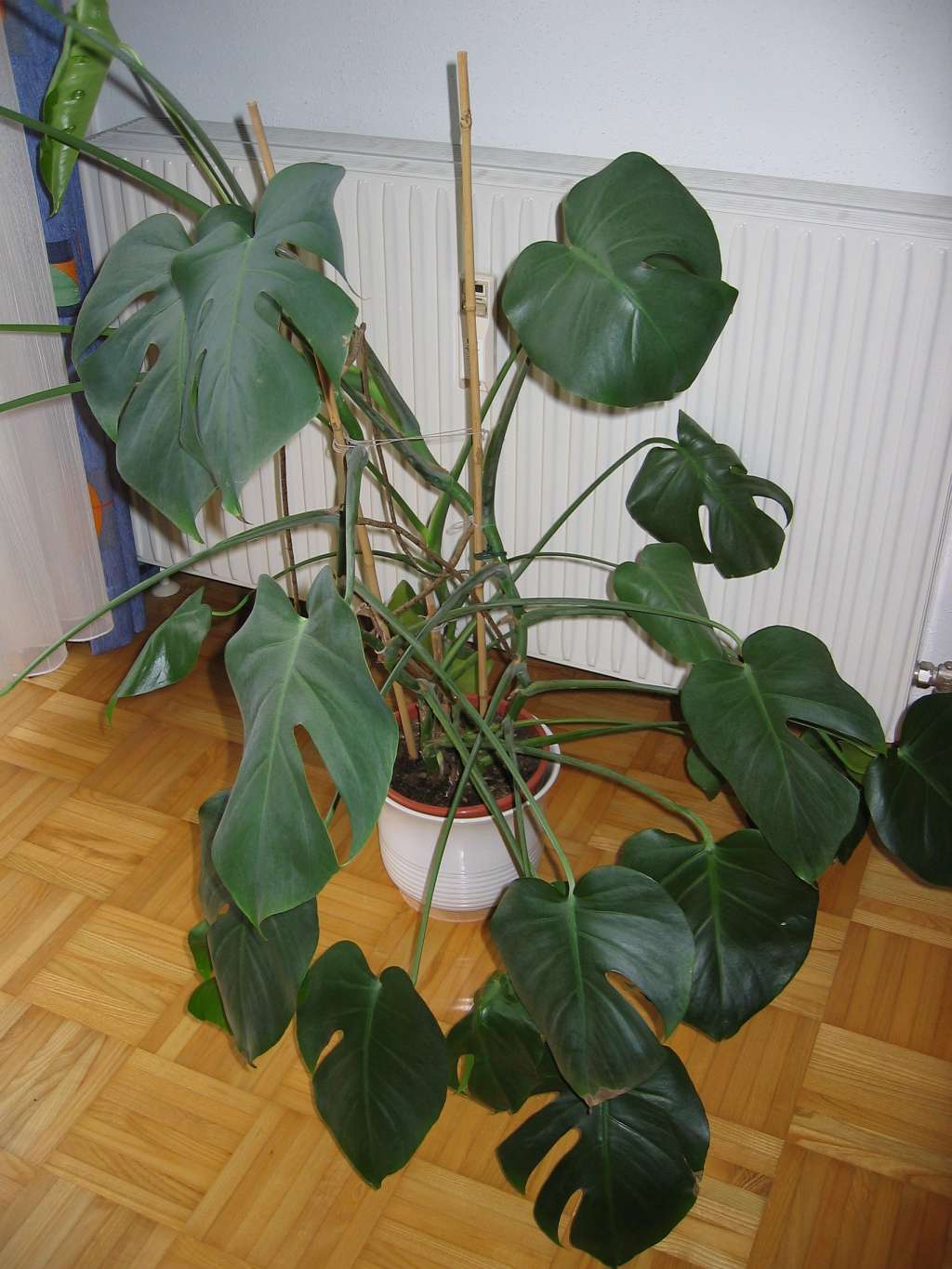
Photo by Wikimedia Commons
Re-pot the plant every year or two to ensure there’s enough nutrient rich soil for your plant to thrive. Going up to a larger container will prevent the plant from getting root bound, but keep in mind that the plant will grow to fit its new roomier home.
3. Maintaining your Plant
As I mentioned earlier, the Monstera can grow quite large. Keep the size of your plant within desired limits by regularly pruning it. Pruning is also necessary to remove any dying leaves. Follow these tips for pruning your Monstera:
– Wear a pair of gloves before getting started. The chemicals within the plant are toxic and can cause skin irritation.

Photo by vectorfusionart on Shutterstock
– First, remove any dead or dying leaves by hand.
– Next, grab your pruning shears and begin pruning the desired areas of healthy growth to maintain size and shape of the plant. Using the shears, cut into the vine at the desired location. Please keep in mind that wherever the vine is cut will incite new growth. Pruning at the base (near the soil) of the plant will ensure that new growth will be near the bottom of the plant rather than growing outwards from a vine stem.
– Don’t forget to throw your trimmings in a garbage bag. If these are thrown into the yard, you may find yourself with some new Monstera plants growing on your landscape!
4. Don’t Mind the Gaps
As the plant grows and new leaves sprout, you’ll notice they’re full leaves — free of holes or slits. Eventually, holes will begin forming in various patterns on the new growth. Don’t be alarmed. This is a completely normal occurrence, and part of what makes the Monstera plant so interesting. It’s thought that in the Monstera’s natural habitat, these holes and slits help the plant to withstand torrential downpours. As the leaf matures, the holes will stop growing, leaving a distinct final pattern. Because of these formations, the Monstera plant is commonly known as the Swiss cheese plant.
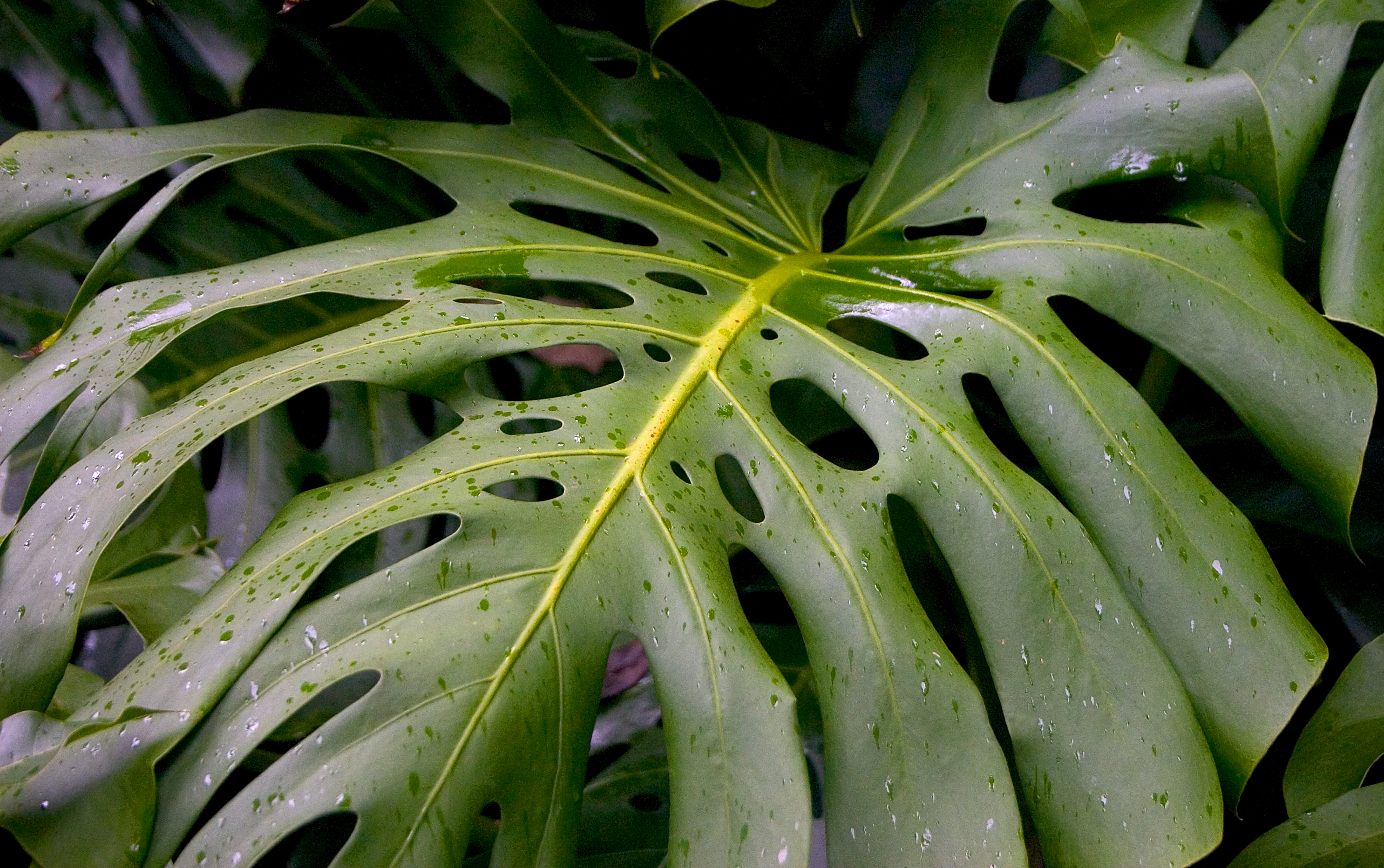
Photo by Jocelyn Baker on Dreamstime
Other common names for the Monstera are split Leaf Philodendron, fruit salad plant, fruit salad tree (in reference to its edible fruit), ceriman, monster fruit, monsterio delicio, monstereo, Mexican breadfruit, locust and wild honey, windowleaf, balazo, and Penglai banana.
Now that you’ve got the facts down, you’re ready to pick up a Monstera plant for yourself. They can usually be found at home improvement stores and sometimes even big box stores. With the right environment and care, your Monstera plant will live for many years to come.
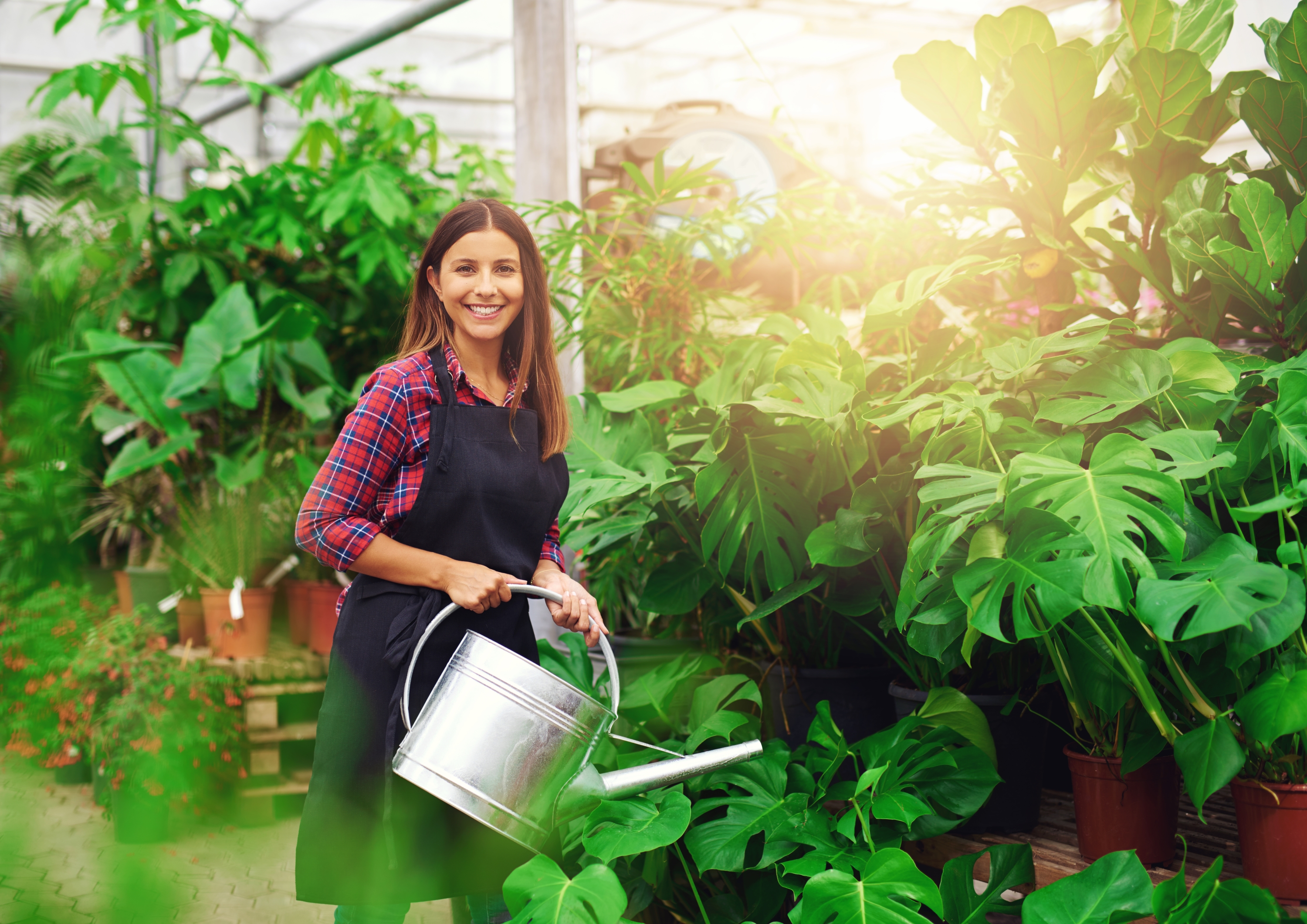
Photo by Stefan Dahl on Dreamstime




